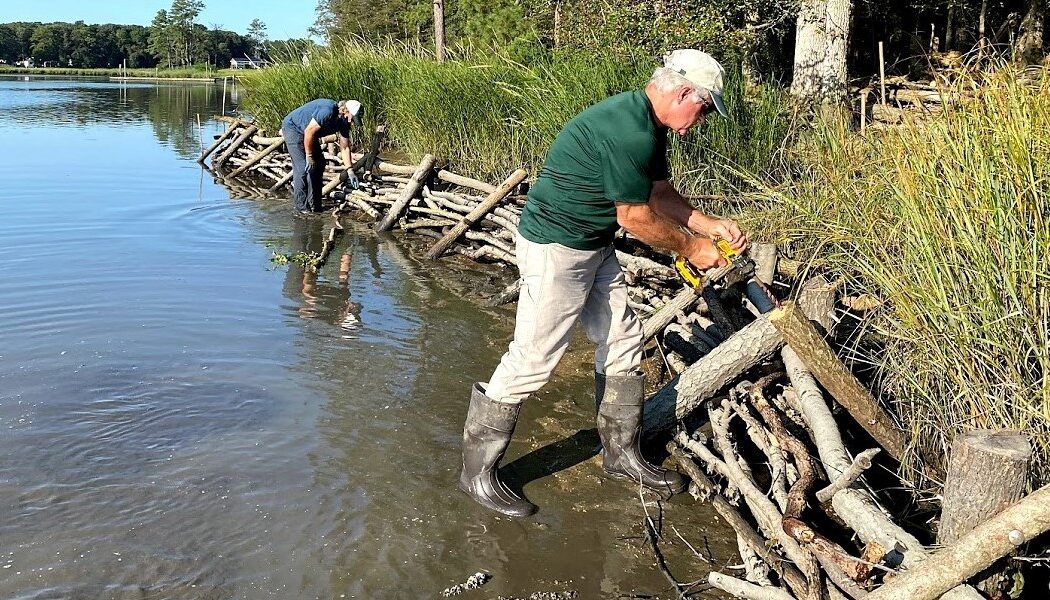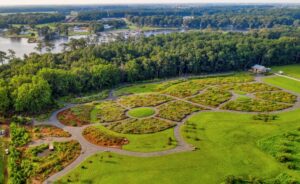On September 27, 2022, winners of the 2022 Best Restored Shores Awards were recognized by the American Shore and Beach Preservation Association (ASBPA). The awards are of crucial significance, given the tragic recent devastation of southwest Florida.
“Continued public support for shore restoration is crucial to building coastal resilience to storms and rising seas,” says ASBPA Executive Director Tony Pratt. “Successfully planning and implementing shoreline restoration projects can be challenging and too often their far-reaching economic benefits go unnoticed.”
As the federal government commits funding to improve national infrastructure needs, the ASBPA says it recognizes the importance of restoring coastal natural infrastructure given its critical role in protecting coastal communities and their economies.
ASPBA established its Best Restored Shores awards program to recognize and encourage more effective coastal risk management that restores natural infrastructure to address growing erosion, flooding, and related hazards associated with increased storm severity and/or sea level rise.
Now in its fourth year, the best restored shores awards for 2022 are Lightning Point Shoreline Restoration Project, Bayou La Batre, AL; Delaware Botanic Gardens Living Shoreline, Dagsboro, DE; Twin Rivers Park Shoreline Protection and Enhancement, Martin County, FL; and Galveston Island State Park Marsh Restoration and Protection Phase II, Galveston, TX.
“Coastal communities need to creatively adapt to changing conditions. These award winners demonstrate how innovative thought processes, design, and materials result in projects that improve resilience to benefit people and the environment every day,” said Shannon Cunniff, co-chair of Best Restored Shores Award committee.
Resilient communities are better able to withstand and recover from adverse environment conditions and events when critical, natural and built infrastructure is identified and protected, and cooperation exists amongst stakeholders.
In addition to moderating surface runoff and reducing erosion, nature-based solutions can also provide climate mitigation (carbon storage), recreational space, nutrient cycling and pollution reduction, and other ecosystem services important to thriving communities and economies.
- Once the heart of Alabama’s seafood and fisheries industry, Lightning Point, located at the confluence of Bayou La Batre and the Mississippi Sound, has been battered by storms, the BP oil spill, and impacts from the oil spill response efforts resulting in a rapidly eroding shoreline compromising wetland habitats and local ecosystems. The Nature Conservancy (TNC) worked with Moffatt & Nichol to revitalize this locally important waterfront area by restoring and protecting shoreline habitats that support coastal ecosystems and recreational opportunities, and improving safe community access to boating, fishing and sightseeing. Implemented with funding from the National Fish and Wildlife Foundation, other partners included the City of Bayou La Batre, Alabama Department of Conservation and Natural Resources, Mobile County, and the US Army Corps of Engineers Mobile District. The project combines segmented breakwaters, beneficial reuse of dredged material, and re-creation of tidal creeks, and marsh and shore habitats that are benefiting species of concern, such as least terns and diamondback terrapins. The restoration site has survived numerous tropical storms and project features provided a significant buffer for the community of Bayou La Batre. Use of local construction firms left a legacy of expanded capacity and skill sets for implementing resilience measures across the region.
- The Delaware Botanic Gardens Living Shoreline and Wetland Enhancement project located in Dagsboro was developed in partnership between Delaware Botanic Gardens at Pepper Creek, the Delaware Center for Inland Bays, Delaware Department of Natural Resources & Environmental Control, Temple University, and Sovereign Consulting to improve water quality and habitat by deploying nature-based solutions that stabilize and improve the shoreline and wetland areas. Since completion of construction in 2020, monitoring has ensured the project’s structural integrity and documented continued expansion of vegetative cover and marsh habitat channelward– even after winter storms and an extended spring nor’easter in 2022– as well as habitat use by turtles, blue crabs, fish, shorebirds, and bald eagles. Its public location, its extensive and creative use of onsite natural materials, together with its explanatory signage, makes this project a powerful means of educating the public about nature-based solutions for building coastal resilience.
- Faced with an eroding shoreline, Martin County Florida Parks and Recreation teamed up with Applied Technology and Management to stabilize the shore and create salt marsh and mangrove habitat at Twin Rivers Park located on the St. Lucie River and the Intracoastal Waterway. Funded with a Florida Inland Navigation District (FIND) grant and constructed in 2005, vibrant habitat is flourishing along the shoreline and clearly demonstrates to the public the effectiveness of using natural features to mitigate shoreline erosion and achieve multiple benefits including public recreation rather than installing a seawall.
- Phase II of the Galveston Island State Park Marsh Restoration and Protection Project sought to offset marsh habitat loss caused by sea level rise, land subsidence, lack of natural sediment supply, wave induced erosion, and other factors. Cooperation between the Texas General Land Office, Texas Parks and Wildlife Department, and the National Fish and Wildlife Foundation led to restoration of approximately 70 acres of marsh complex in shallow open water adjacent to the existing marsh. Restored marshes provide estuarine habitat for local flora and fauna and increase the long-term sustainability and overall health of the bay system. Four years of post-construction monitoring has demonstrated that marsh vegetation–both planted and naturally propagated– continues to expand and also provided valuable insights relevant to design and implementation of other habitat restoration and protection projects in Galveston Bay.
The 2022 Best Restored Shores award recipients were recognized on September 15, 2022 at the ASBPA National Coastal Conference Awards Luncheon in Long Beach, California.
Photos courtesy of Delaware Botanic Gardens.


